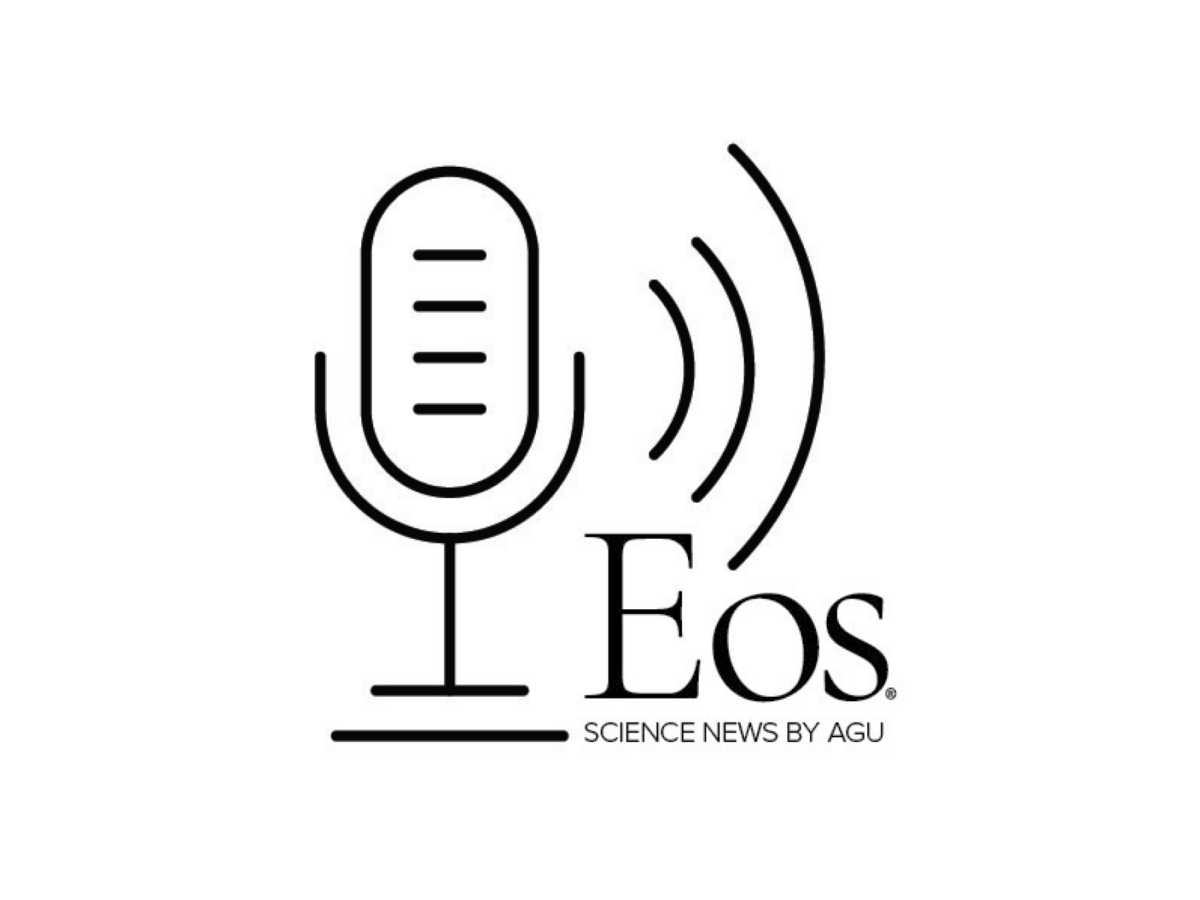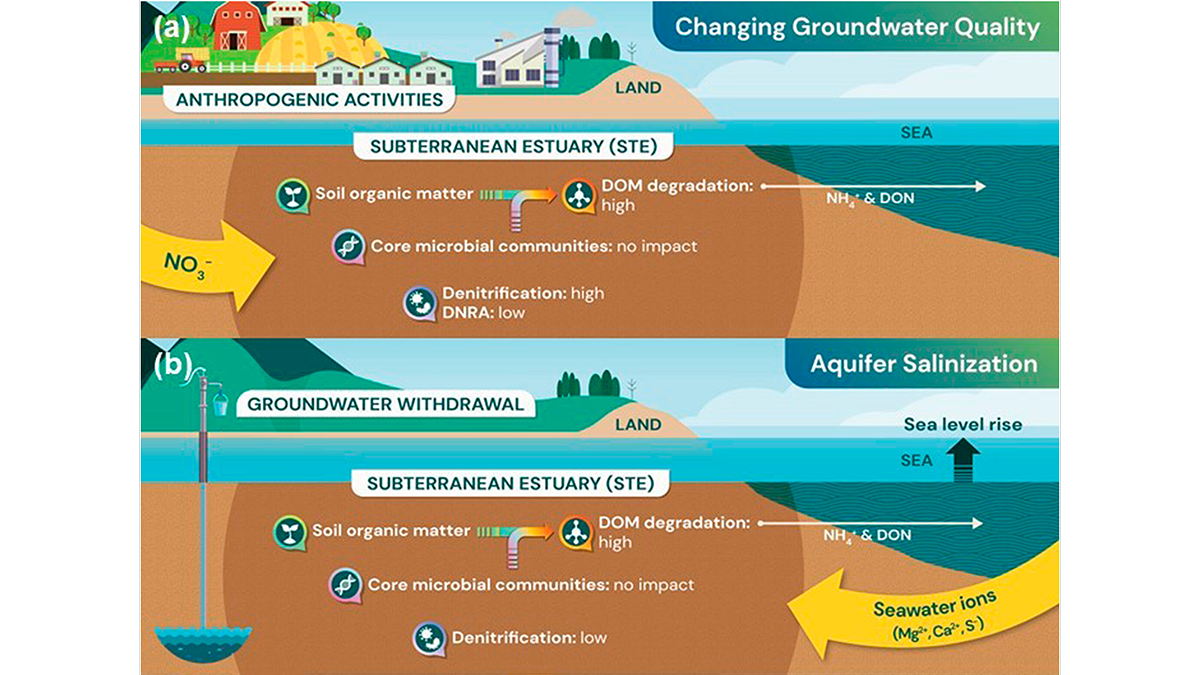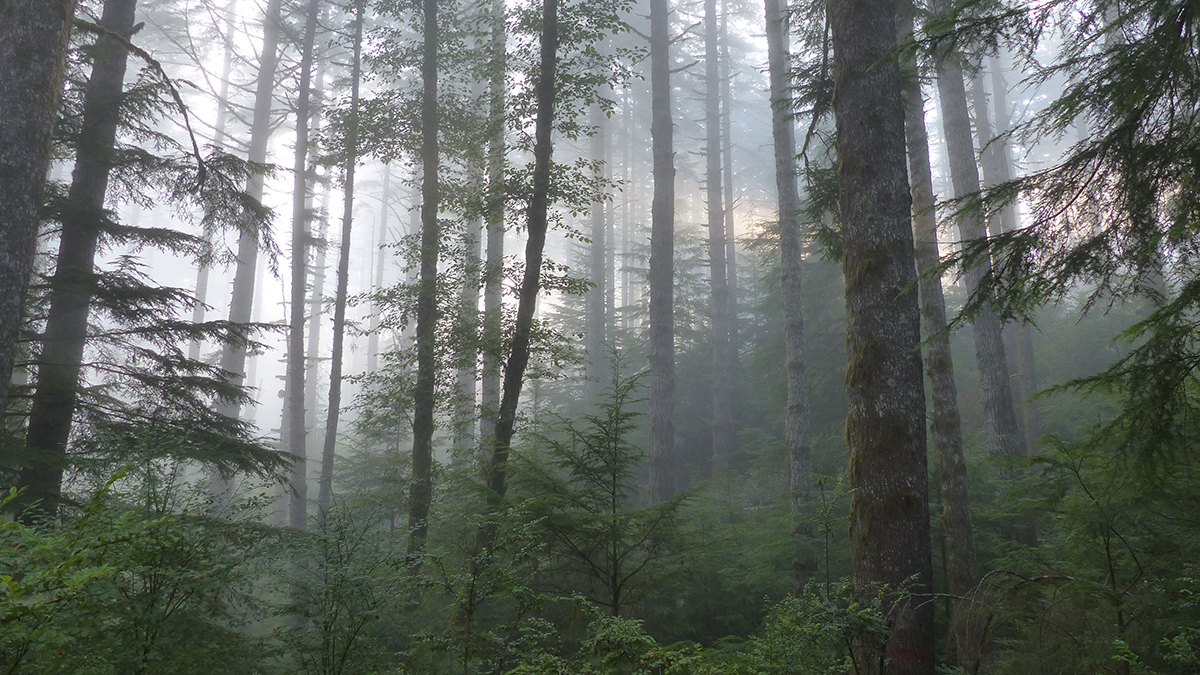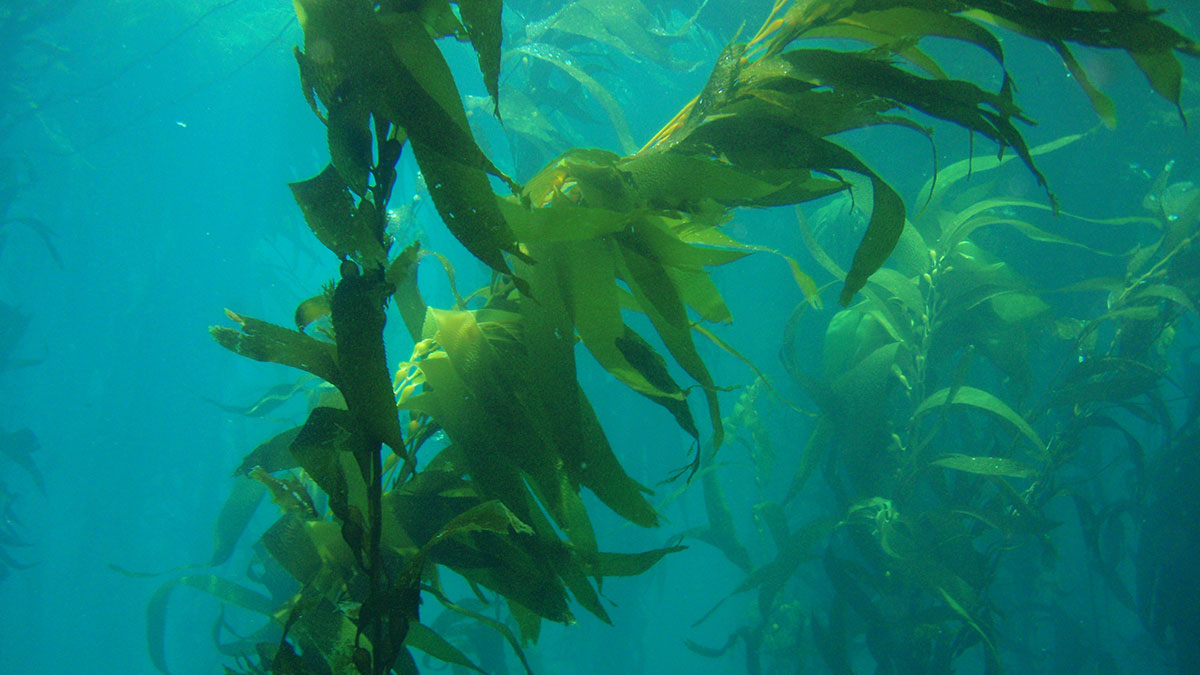Using regional systems based on ecology, not geopolitical boundaries, can give scientists a better picture of the potential spread of West Nile virus.
ecology
Kansas Prairie Streams Are Getting Choked, Maybe for Good
A herculean effort to fight back woody plants in the Konza Prairie has largely failed. The outcome shows how difficult it can be to retore these ecosystems.
Does Soil Sound Different After It’s Burned?
Yes, but not quite the way researchers expected it to.
Extra Carbon Dioxide Helps Lower Layers of the Amazon Thrive—for Now
Plants living in the shadows grew faster when exposed to excess carbon dioxide. But this short-term effect could vanish in a high-emission-induced warmer future, making the forest a carbon source.
The Unexplored Microbial Life in Subterranean Estuaries
A new study reveals that microbial life in subterranean estuaries is threatened by anthropogenic activities.
Sea Otters’ Appetite for Crab Is Helping Strengthen Estuary Banks
Apex predators can have a powerful impact on coastal erosion rates by keeping grazer populations down, but their influence has been largely overlooked.
The Best Way to Kill Trees to Create Habitat
Standing dead trees—or snags—shelter animals, store carbon, and cycle nutrients. A long-term monitoring study found that lopping off a tree’s top branches is a good way to turn it into a snag within about 20 years.
Cuando los bosques en la tierra arden, los bosques submarinos sienten el impacto
El kelp es un hábitat, un sumidero de carbono y un agente aglomerante en tu helado. Pero estudios recientes muestran que los bosques de kelp en California son afectados por el destino de sus contrapartes sobre tierra.
River Damming: How it Harms Fish and What Can Be Done
The severe impacts of river damming on fish habitats have aroused widespread attention, prompting major conservation measures to help mitigate these negative effects.
Seawater Dynamics in an Underexplored Antarctic Fjord
Wind is the major driver of salinity changes within the narrow, glacier-fed cove.










